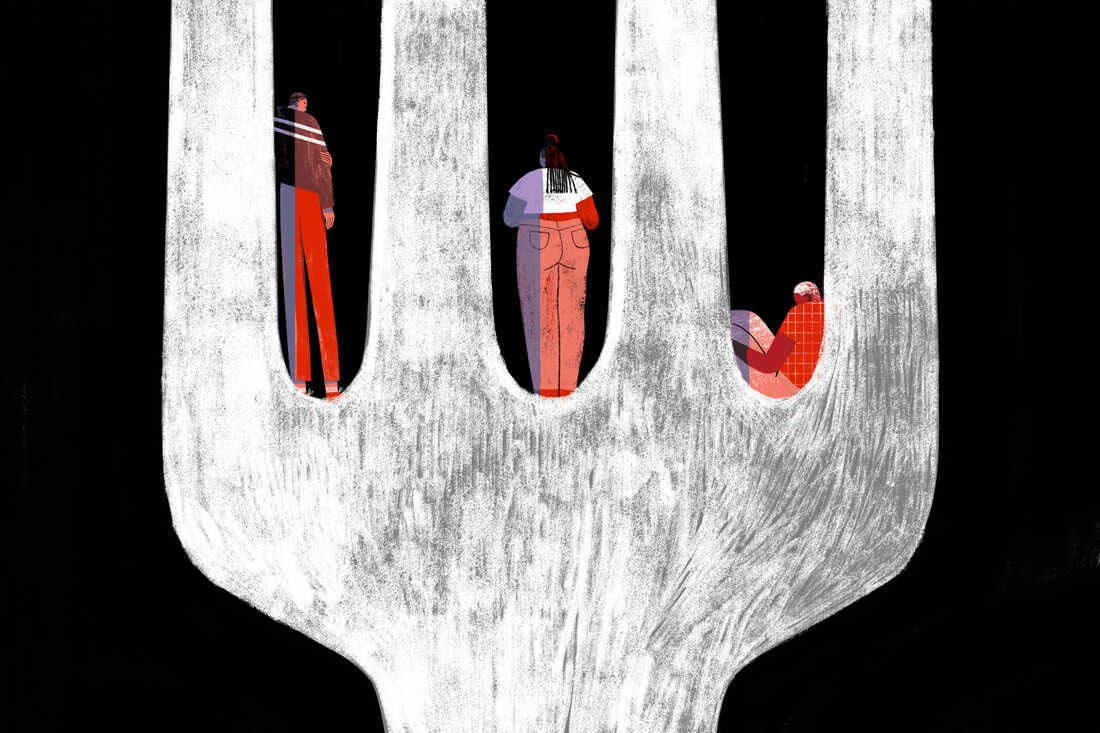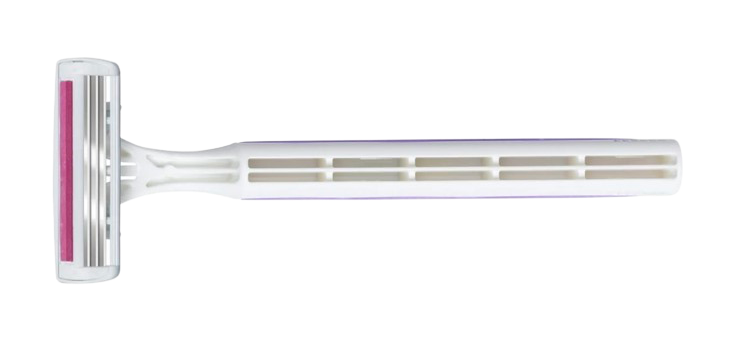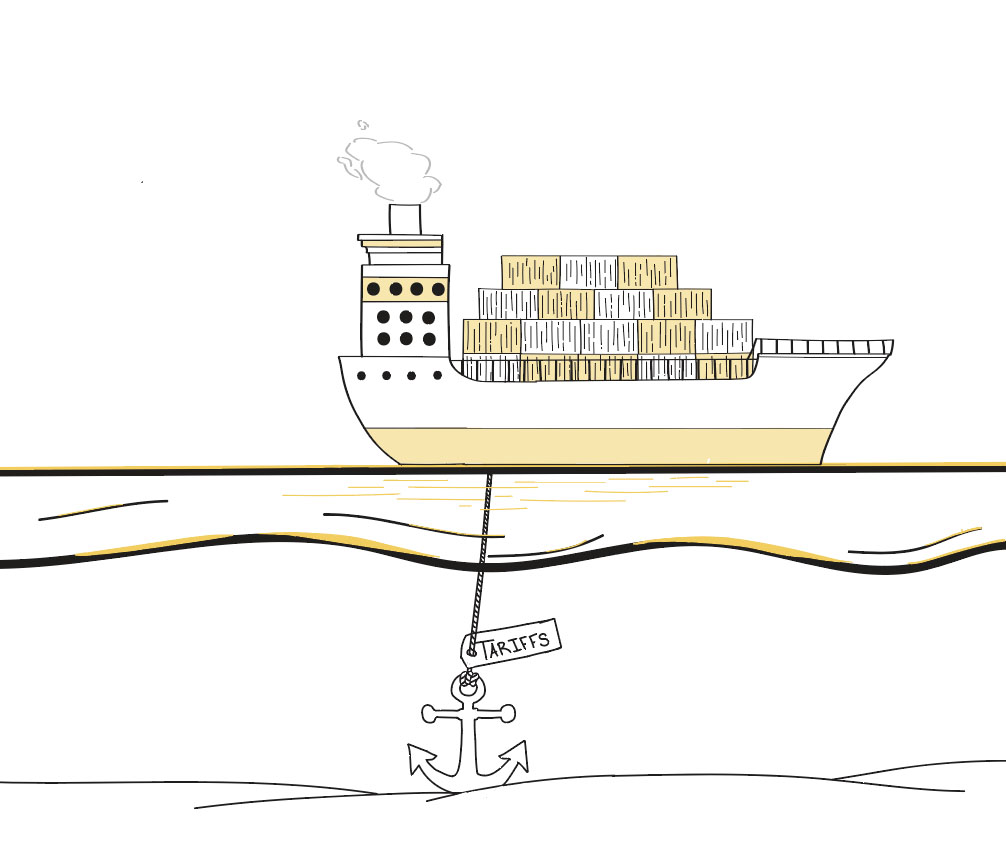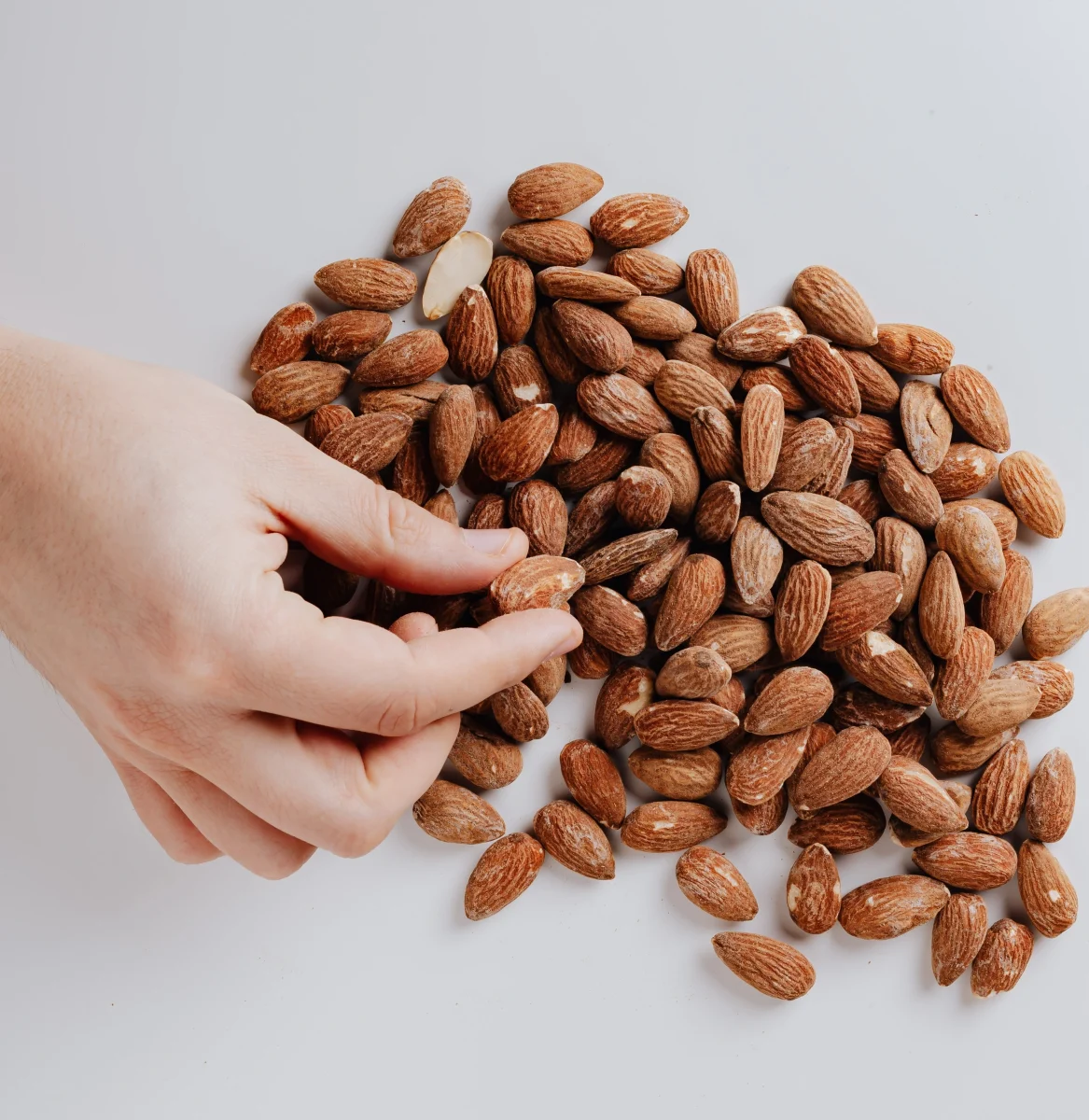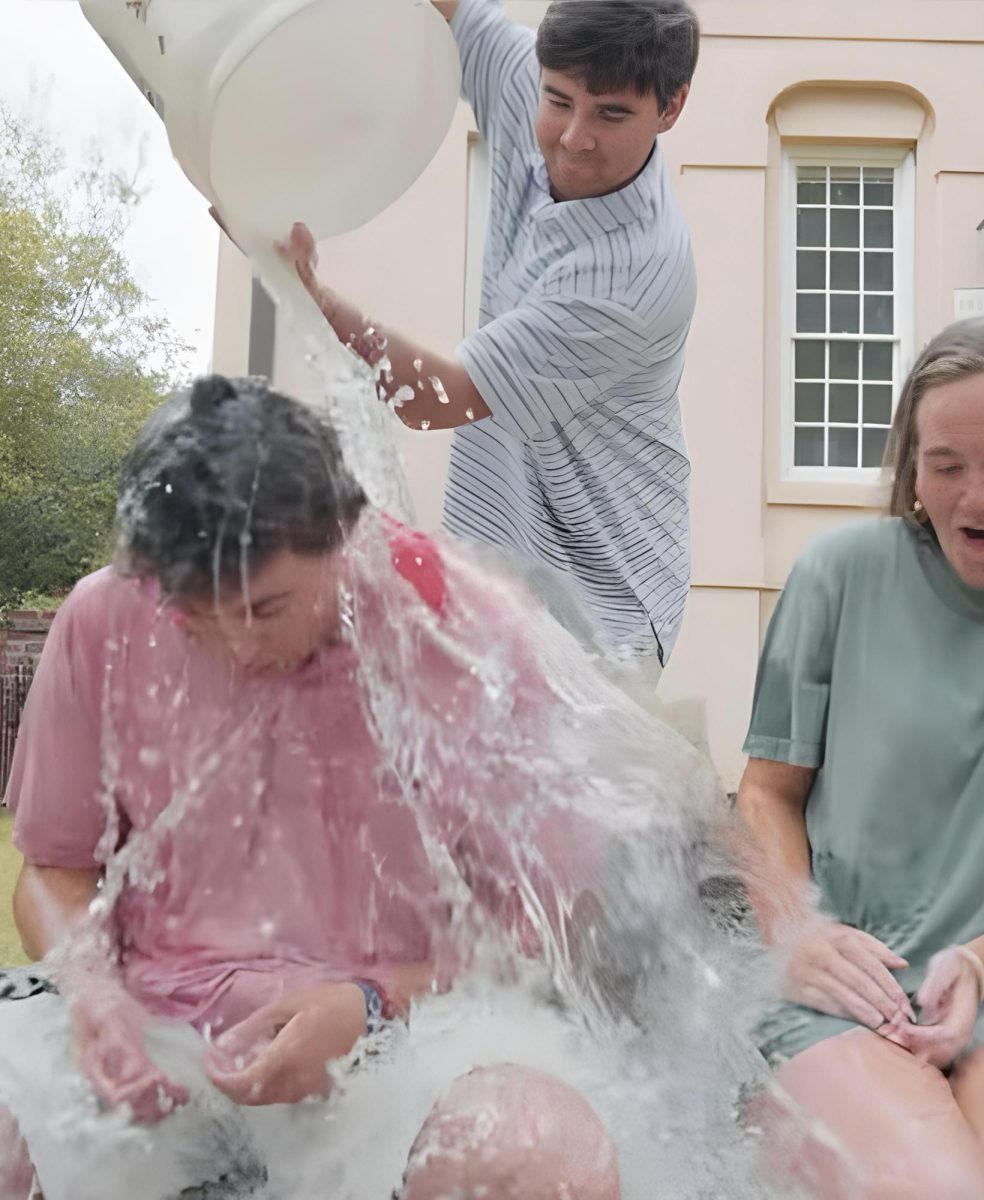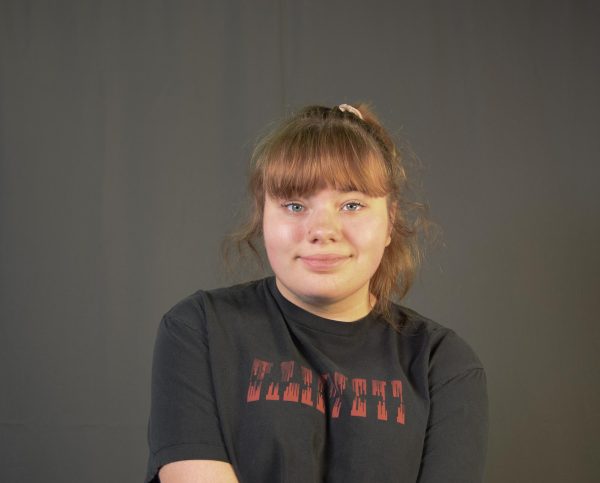In February of 2007, Tumblr was created. In two weeks, it had over seventy-five thousand users.
In 2014, the tag “thinspo” was used for the first time.
That’s how it started.
Eating disorders used to be taboo. Before they made their way into public consciousness, people would only whisper about them. Now? They’ve turned into a cultural phenomenon. Nobody knows exactly where it began, but the romanticization of eating disorders has taken hold of the internet at a dangerous rate. From Tumblr to Twitter and now making its way to Tiktok – the platform may have changed, but the message stays the same, and it must stop.
The glorification of eating disorders saw its first burst of popularity on Tumblr in the early 2010’s. Tumblr was mostly used at that time for blogging, and of course, that’s what people would do. Users struggling with eating disorders would share updates on their lowest weights, their dangerously low calorie intakes, or anything to document their sickness for others to see. Some called it an attention ploy, others deemed it to be more of a cry for help. But regardless of the purpose behind the posts, these messages gave the impression that this disordered eating was something to be shown off.
It was on Tumblr that most terminology in such spaces came to be. People would post “body checks,” which were pictures recording their weight loss. If users needed an extra push to lose, they were prone to posting “thinspo,” a shorthand of thin-inspiration. It was like vision boarding your own downfall, and users weren’t afraid to do it. In the years to come, these ideas wouldn’t go away, they just shifted platforms.
Soon, Tumblr became a lost wasteland, quieting down in the coming years as eyes shifted to Twitter. With this change came new ideas about how these spaces would run. Where Tumblr was meaner and more competitive, Twitter felt like a place to come together and bond over a shared illness. Things like body checks and “thinspo” were still present, but they were now paired with pretty profile layouts and how-to threads with flashy photos to distract from their titles: “How to Purge Effectively: a Thread,” and “How I Managed a 100 Hour Fast.”
Eating disorders don’t target a certain demographic. Nobody is immune to them, but specific subgroups are going to be exposed to them more than others. With a several decades long uptick in eating disorders showing up online, a dangerous notion has come about. More and more young people are being presented with the romanticism of these illnesses every day. Young minds are pliable, and if something looks cute, they’re likely going to believe that it is. Something that used to never be wished upon anyone is now being held out like candy to the ones who are most likely to take it.
There is an idea about these spaces that they aren’t doing as much harm as they are good. Some have the outlook that disordered people are going to be disordered regardless of whether they post about it or not. Reporting an account isn’t going to make somebody decide to start eating normally. From a certain perspective, online communities devoted to eating disorders are a meaningful way for people to talk about their shared experiences and get support for their struggles. That perspective doesn’t factor in the competitive nature of it all. People posting these things are doing it to feel better. Better than their “friends” online, better than their peers at school, better than those who have healed. Sanctioned spaces to flaunt illness aren’t safe. They’re tormenting everybody that’s a part of them, and spreading it to people who are the next to be impacted. There’s nothing private about social media. If it’s posted, it will get around.
Today, the cycle is still repeating itself. As Twitter loses its spark, Tiktok is gaining one. The rise in unsuspecting watchers getting disordered content on their “For You” pages only further pushes the spread of these harmful ideas. It moves from one platform to another, and doesn’t show any mercy for the people who want to stay out of it. If people keep thinking it’s okay then the spread will only continue.
Inspired by figureheads like Kate Moss, saying things like, “Nothing tastes as good as skinny feels,” and promoting a sarcastic yet telling Diet-Coke-Only-Diet, young people are led to think that this way of life was one that will make them happy. But what about when the honeymoon phase ends? What about when your hair falls out, when girls stop having their periods and start passing out? Is it still worth it then?
As much harm as they can do, the people engaging in these subgroups aren’t inherently bad. They’re hurting. Eating disorders are scary. They’re vicious, and they’re corruptive. It’s no surprise that they’ll take a toll on the people involved. Instead of being hounded, teens caught in this web should be offered help and spaces that truly are safe. Body positivity has garnered the same sort of widespread attention that disordered eating has, but with an opposite sentiment. Boosting that positive approach pushes a more accepting environment for young people on the internet. But to get to a truly safe space, the romanticization of eating disorders has to end. Mental illness isn’t cute, and we have to stop treating it like it is.


